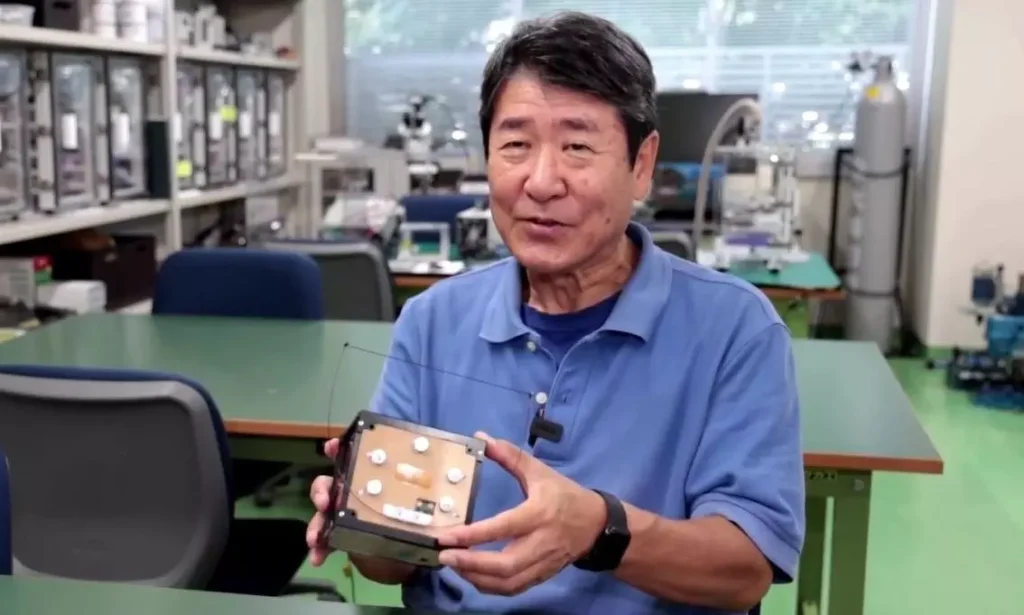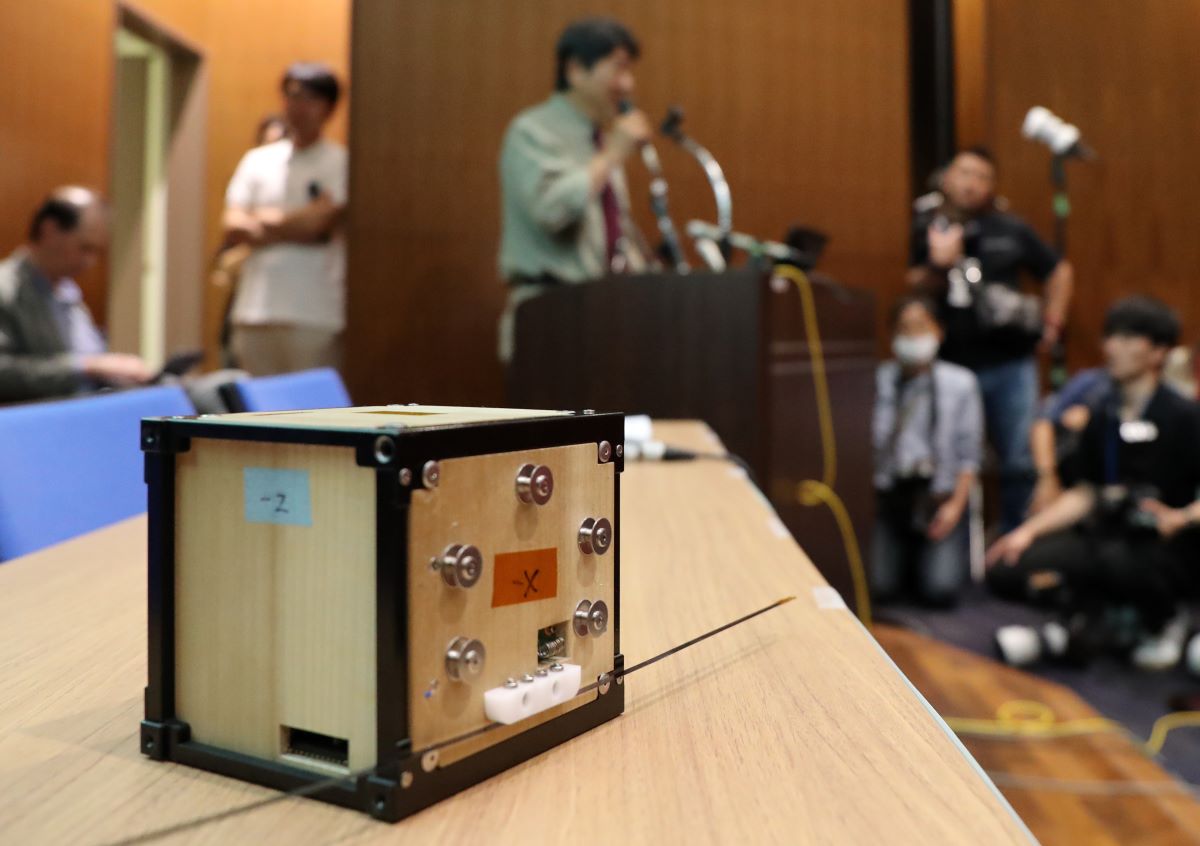Created by the Japanese, LignoSat was launched by NASA’s Kennedy Space Center in Florida, United States of America. The satellite will soon arrive at the International Space Station (ISS) and a month later it will be launched into space.
The first wooden satellite was launched into space on a SpaceX rocket on Tuesday as part of a resupply mission to the International Space Station (ISS), the Japanese creators of the device said.
Scientists at Kyoto University hope the wooden material will catch fire during re-entry into the atmosphere, a way to prevent metal particles from being generated when a retrograde satellite returns to Earth.
Must Visit Tech Articles
Find Friends Easily This Halloween
Understanding the Differences and Benefits of Cat 6 Ethernet Cable
Apple MacBook Air M2 and M3: New RAM Upgrades for Indian Buyers
According to the satellite’s creators, the particles impact the quality of the environment and telecommunications.
Each side of the experimental satellite, called LignoSat, measures just 10 centimeters.
According to Kyoto University, the device was launched by NASA’s Kennedy Space Center in Florida, United States of America.

(FILES) The world’s first wooden satellite, LignoSat, is held by astronaut and Kyoto University special professor Takao Doi at a press conference on the university’s campus in Kyoto on May 28, 2024. As part of a resupply mission to the International Space Station, the Japanese inventors of the world’s first wooden satellite announced on November 5, 2024, that it had launched on a SpaceX rocket. (Image via AFP/JIJI PRESS) / Japan OUT
The satellite, installed in a space container prepared by the Japan Aerospace Exploration Agency, “flew safely into space,” its creators said on the social network X.
A spokeswoman for Sumitomo Forestry, one of the developers of LignoSat, told AFP the launch was “successful”.
“It will soon arrive at the ISS and will be launched into space a month later,” to test its strength and durability, he said.
The satellite will send information to scientists so they can check the stress signals and determine whether the satellite is capable of withstanding extreme temperature changes.
“Satellites that are not made of metal should become commonplace,” said Takao Doi, an astronaut and professor at Kyoto University.
For more inspiration Science and Technology Articles on Blog Forbes.

